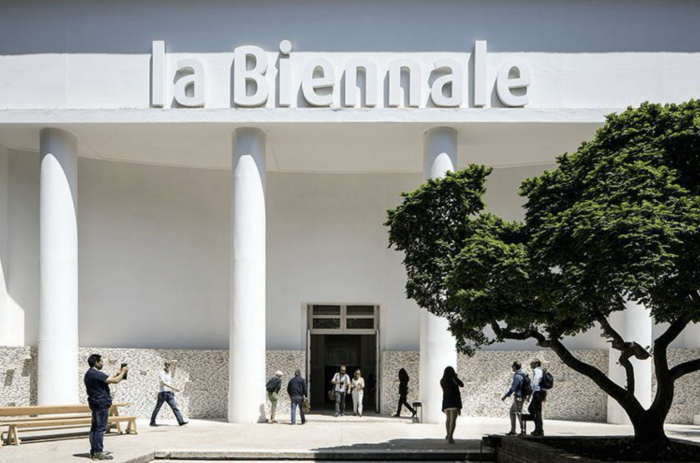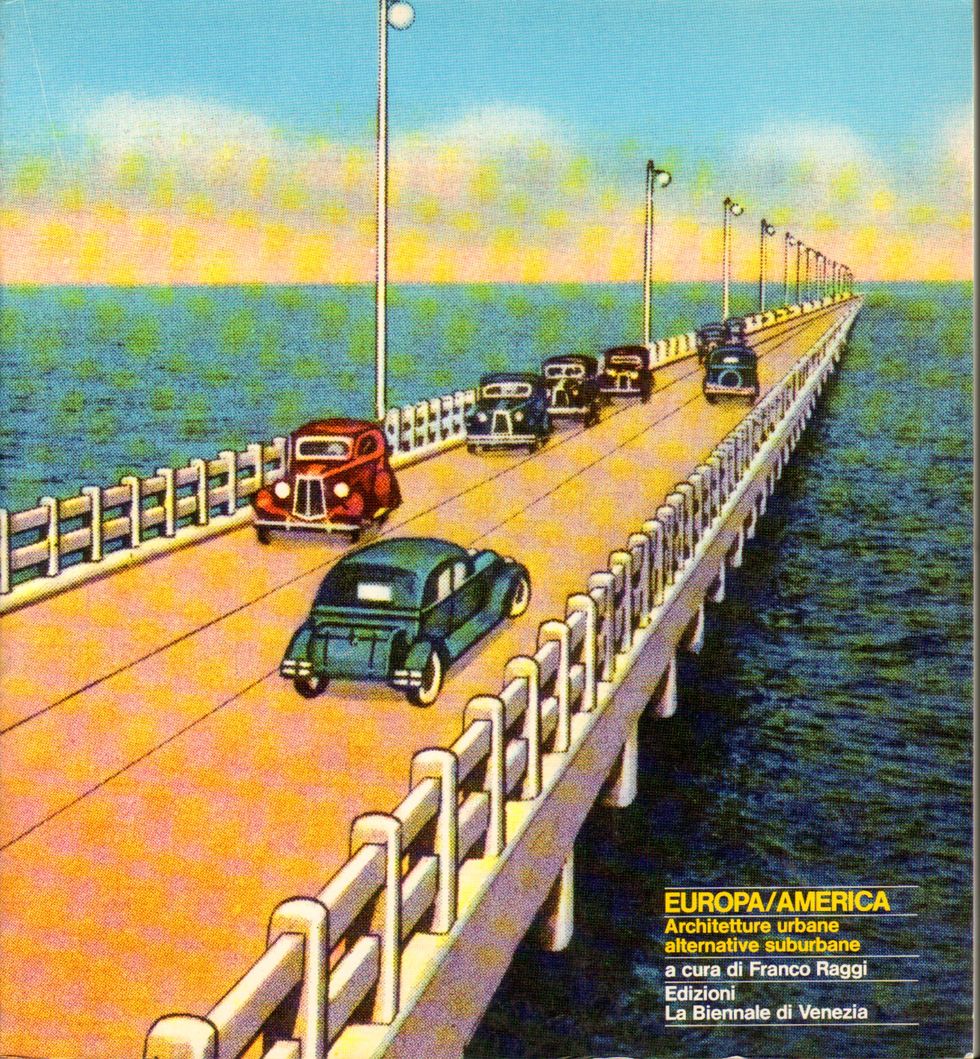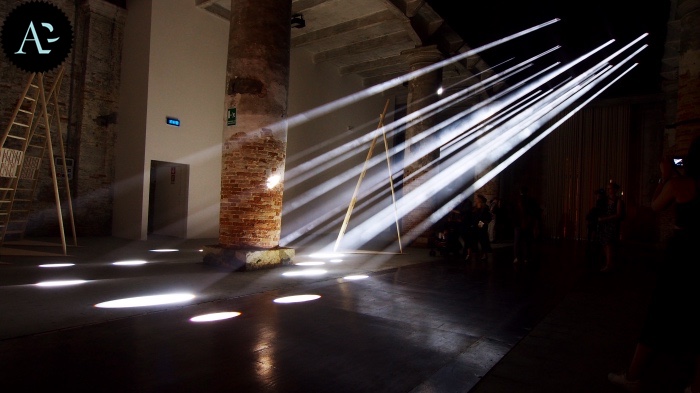
Have you ever wondered how the famous Venice Architecture Biennale came about?
At a time when architecture was searching for its place in artistic events, a series of events led to the creation of an important platform for the presentation and discussion of architectural ideas. Among them, the Europe/America confrontation played a crucial role in the early years of the Architecture Biennale’s development.
In this post, I want to take you on a journey that led to the birth of the Venice Architecture Biennale, analysing how an exhibition anticipated the milestones towards its global recognition.
Birth of the Venice Architecture Biennale: history of a revolution

In the years between 1975 and 1978, architecture tried to make its way into the art scene, finally gaining a prominent place in the Venice Biennale.
The exhibition Europe/America: Alternate Suburban Architectures, curated by Vittorio Gregotti with the collaboration of Franco Raggi, played a crucial role in paving the way towards the creation of the Architecture Section of the Venice Biennale.
AN INNOVATIVE CURATORIAL EXPLORATION
Europe/America was not just an architecture exhibition, but rather an ambitious curatorial experiment. The issues addressed and the manner of presentation made this exhibition a true precedent for the future Biennale curated by Paolo Portoghesi in 1980.
The artistic context was going through a period of transformation, and this exhibition helped to outline the path that architecture would take within the Biennale.
A DIALOGUE BETWEEN CONTINENTS
The Europe/America approach sought to build a bridge between the European and US approaches to urban design. Creative minds from both continents met and confronted each other, exploring points of contact and discontinuity.
The exhibition hosted an intense and stimulating discussion, culminating in a conference entitled ‘What Modern Movement’, which took place in the evocative setting of the Palazzo del Cinema on the Lido on 1 August 1976.
Despite its impact and the success of the open conference, the Europe/America exhibition seems to have been forgotten by historiography. Very few publications have dwelt on this important exhibition and its role in shaping the future direction of architecture within the Venice Biennale.
However, it is undeniable that Europa/America has left an indelible mark on the history of architecture and culture.
Europe/America is only one piece of a broader path that led to the creation of the Architecture Biennale as we know it today. Starting with the 15th Milan Triennale in 1973, Italian architecture began to embark on a journey of international comparison and exchange, culminating with the famous Biennale curated by Paolo Portoghesi in 1980. This event consecrated Venice as a stage for architecture and proved that exhibitions can play a crucial role in amplifying and disseminating innovative architectural ideas.

The Europe/America exhibition played a pioneering role in the birth of the Architecture Section of the Venice Biennale, paving the way for international discussion and the expansion of architectural debate within the artistic context. This often overlooked event deserves to be explored and celebrated as a significant chapter in the history of architecture and contemporary culture.
If you are interested in finding out the latest news on the Venice Biennale 2023, including details on tickets, pavilions and side events, please visit the dedicated page: Venice Biennale 2023: tickets, pavilions, side events.

